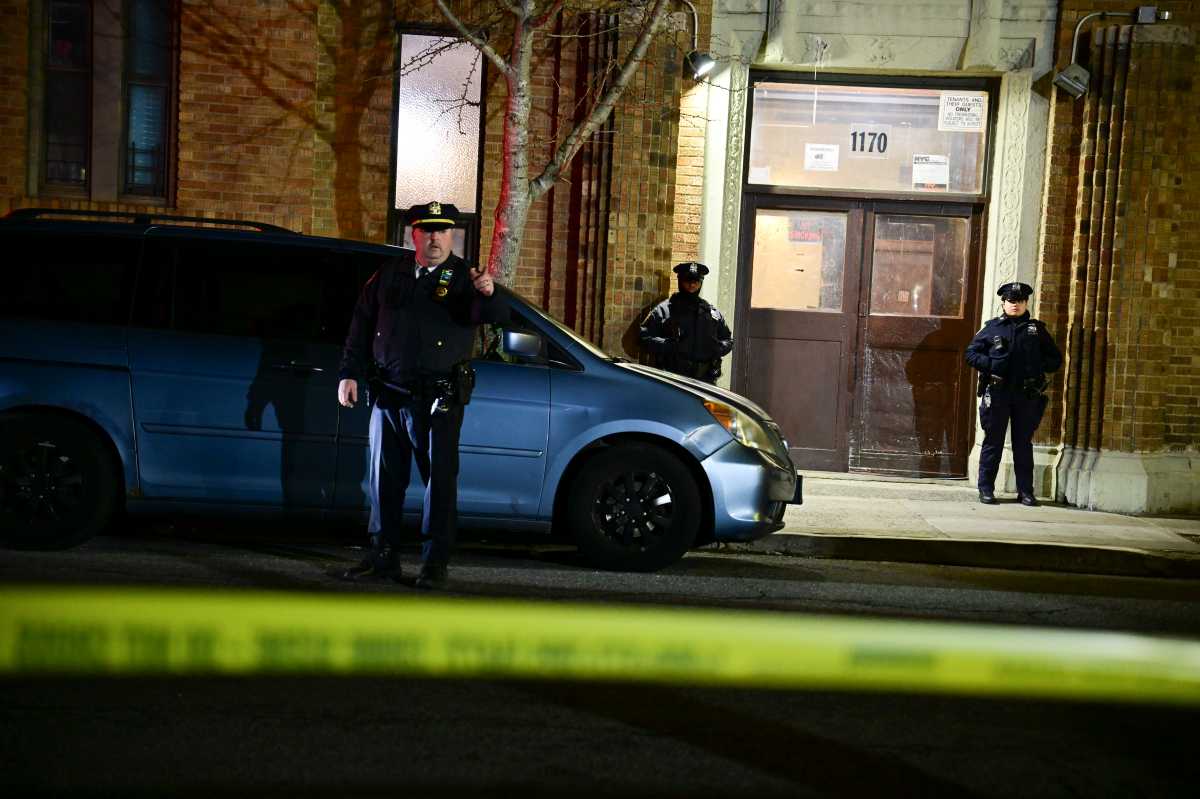There are two sides to every story.
On one side is the city. It believes that the multi-billion development at Willets Point, which will transform a 62-acre blighted area into the next great neighborhood complete with 5,000 housing units, 1.7 million square feet of retail and 500,000 square feet of office space, a convention center, hotel and new school, is on schedule, and a developer will be chosen sometime this year.
On the other side is Willets Point United (WPU). The group, which is made up of roughly 20 business owners and hundreds of employees who have not struck deals to sell their property to the city, believes they have clear evidence that will allow them to keep their business at the site by preventing the city from using eminent domain to seize their property.
At issue is whether the Federal Highway Administration (FHWA) and State Department of Transportation (DOT) will approve two new highway ramps on the Van Wyck Expressway in order to help alleviate some of the additional traffic that is expected in the area. So, it’s not surprising that advocates from each side have very different views on the issue.
“We think that the highways cannot physically handle the massive amount of traffic that the Willets Point project would dump on it,” said Michael Gerrard, a lawyer representing WPU. “Merely adding ramps doesn’t increase the mainline capacity of the Van Wyck that will remain a chokepoint.”
Dave Lombino, a spokesperson for the city’s Economic Development Corporation (EDC), which is the lead agency working on the Willets Point project, said that the approval for the ramps is all part of the redevelopment process and that lobbyists for the WPU are trying to create a false impression of uncertainty around a critical project that will generate thousands of jobs and economic development for the city.
“But we’re hopeful there will not be any significant delay in the approvals, and we’re confident we will remain on target to complete the project on the timetable we’ve set forth,” Lombino said.
Back in 2008, while Willets Point was going through the Uniformed Land Use Review Procedure (ULURP), many rallies, protests and public hearings took place, but the issue of ramp approval did not receive much attention.
Even when the City Council approved the plan in November 2008, a reporter posed a question to City Council Speaker Christine Quinn, who was standing with former Councilmembers Eric Gioia, Melinda Katz and Hiram Monserrate, asking if the FHWA had to approve the additional ramps for the project to move forward, and they all responded no.
However, that approval, which is critical for the project, has now moved the fight to an Access Modification Report (AMR) that the city is in the process of preparing for the FHWA and DOT.
In February, the city submitted its preliminary draft environmental assessment to representatives from the two agencies, and Brian Ketcham, a traffic engineer hired by the WPU, said the report was fraught with errors. He believes that EDC is under-estimating the additional traffic that will result from the development of Willets Point and the nearby Flushing Commons development at downtown Municipal Lot 1.
Ketcham said that the Environmental Impact Statements (EIS) for both projects conceded that in 2017 there would be gridlock traffic conditions on the highway, but the initial AMR projections for 2035 showed significantly less traffic.
“I cannot imagine what goes through the minds of EDC when they have two projects that are reporting gridlock conditions, and then they turn around and they say there will be free-flowing traffic,” Ketcham said.
Jake Bono, a third generation owner of Bono Sawdust that has called Willets Point home for nearly 80 years, said that the city’s initial presentation to the FHWA and DOT was not surprising because they have been employing the same tactics from the beginning.
“They are committed to doing whatever it takes to get the project done. If it’s illegal, if it’s immoral, it doesn’t matter,” Bono said. “At the end of the day they can never produce a report that will work.”
However, Steven Russo, an environmental attorney hired by the city, said that they were expecting to make changes to their preliminary draft because that is part of the process. He also said comparing the EIS to the AMR is not a fair comparison because the EIS focused more on local roads and intersections where the AMR specifically focuses on the highways.
Russo did say that the preliminary draft report showed “that the highway would work better with the ramp, which is not surprising because you are giving the highway more access points,” and he believed that the final AMR would produce those same results.
Currently, the city is working on a draft environmental assessment, which they believe will be finished in the next few months and then made available for public comment, and if necessary, more revisions. Then, it would be up to the FHWA and DOT to approve the environmental review and the access modifications for the ramps.
Even if the agencies grant the approval, which the city believes they will, that does not necessarily mean the end of the fight for the WPU.
“At the end of the process, if the fed and state governments approve the process we would seriously explore litigation in federal court under the National Environmental Policy Act and Federal Highway Act and possibly others laws,” Gerrard said.





























